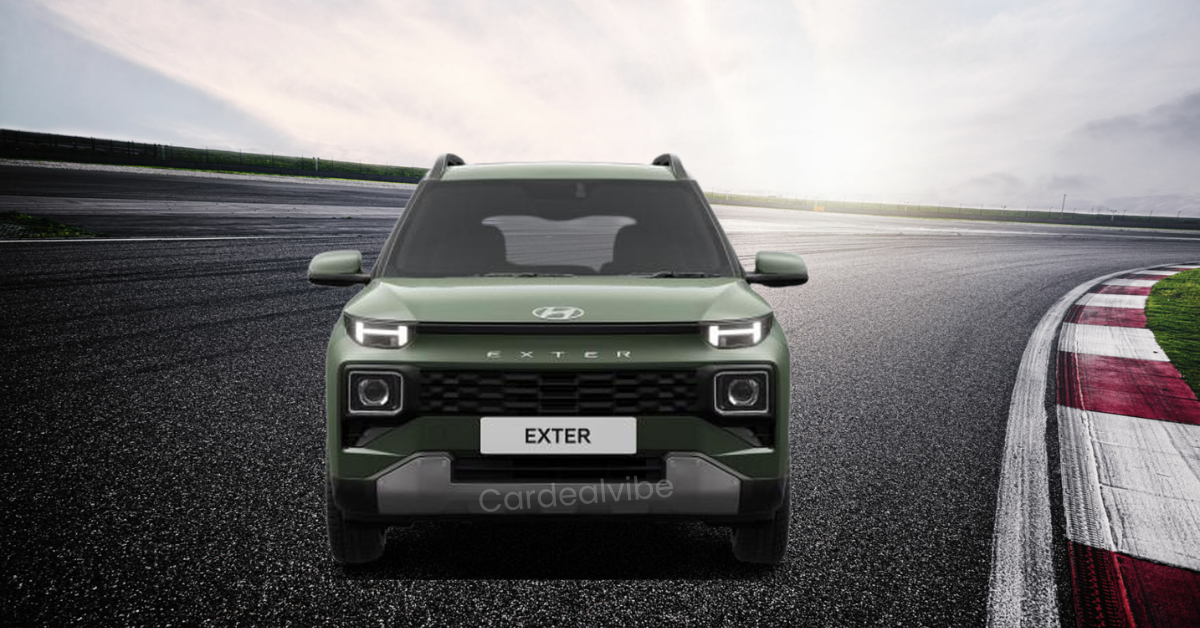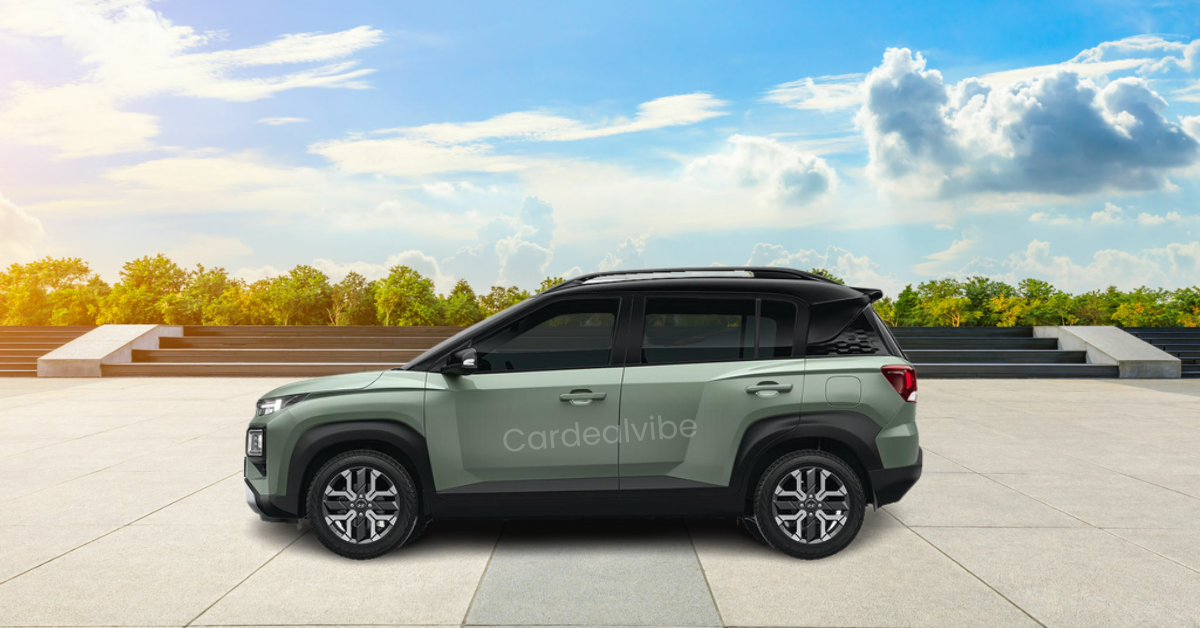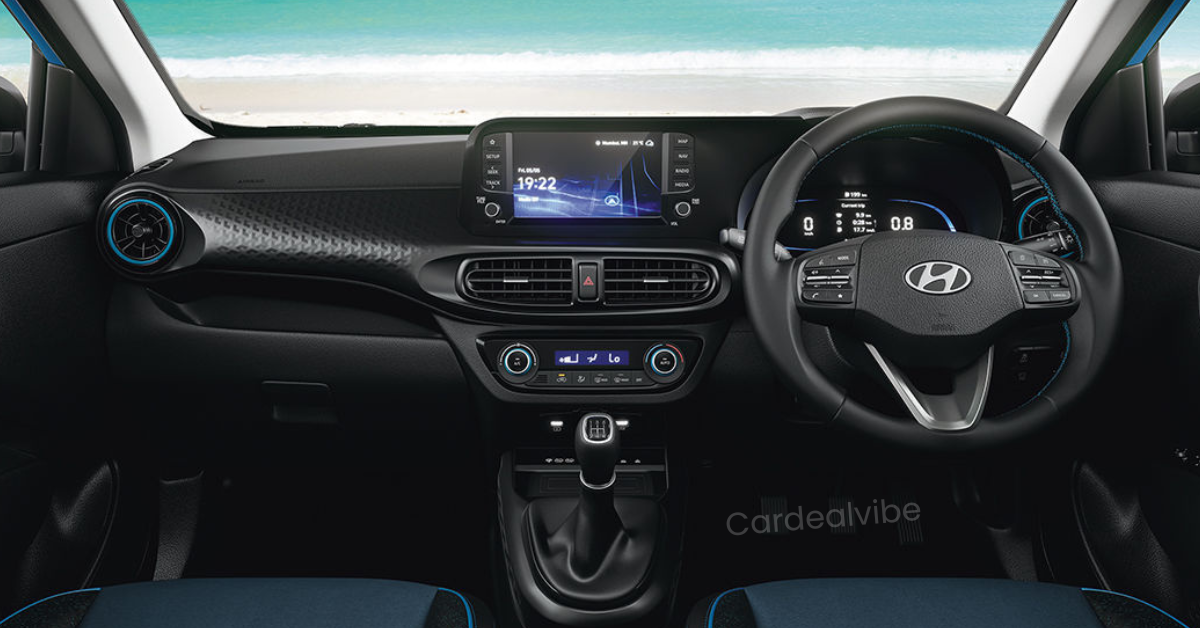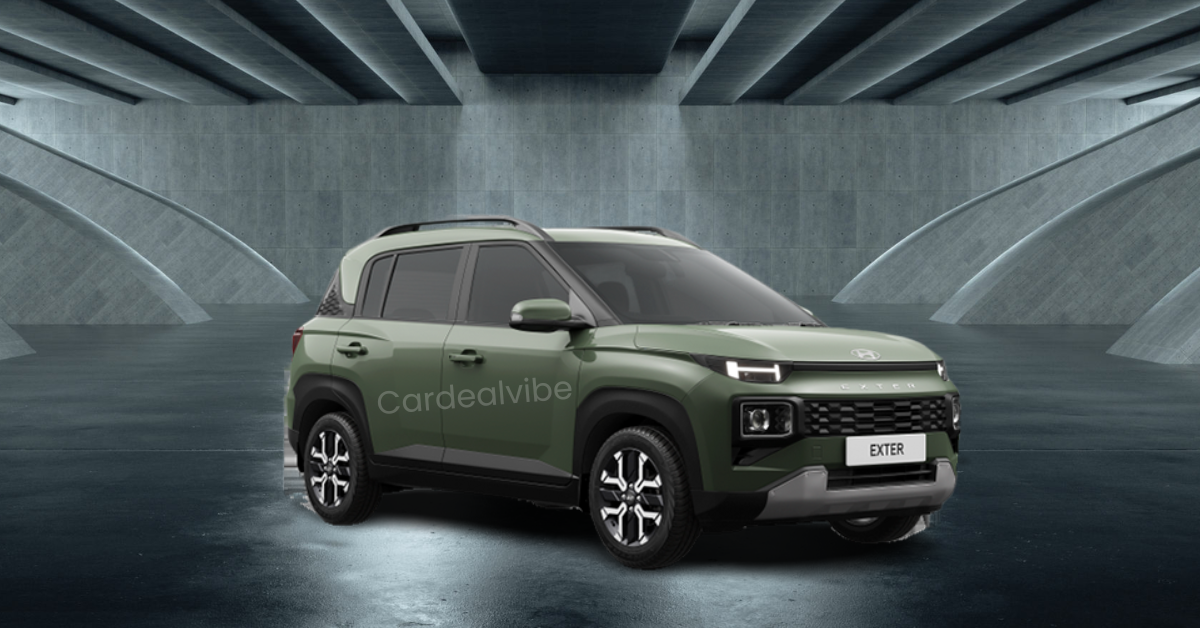 Car Expert Reviews
Car Expert ReviewsIt is attractive, compact enough for cities, and rides comfortably, but its performance is lacking.
The demand for SUVs has skyrocketed in the last few years, to the point where every brand is vying for market share by offering as many SUVs as they can, even if some of them aren’t conventional SUVs – Hyundai Exter: Long-term Fleet Introduction
One such vehicle is the Hyundai Exter, the newest model in our long-term inventory. The highest-spec SX (O) Connect dual-tone manual model that we have is priced at Rs 9.42 lakh (ex-showroom). Here are our initial thoughts after a little over 250 km of driving – Hyundai Exter: Long-term Fleet Introduction
A tiny bit rugged and modern
The Exter’s design language incorporates both of these elements, giving it the appearance and feel of an SUV while retaining its contemporary features. Its straight lines, sleek grille, upright front profile, and H-shaped DRLs immediately make an impression on you that it’s a modern vehicle unlike anything you’ve seen before.
The rugged aspect of its design is also visible upon closer inspection. Huge bumpers, wheel arches, door cladding, and a boxy shape all come together. These days, many cars come equipped with these components. However, they are incorporated quite well in this instance, giving the Exter its robust SUV appeal.
It’s amazing how often people turn around to see the Exter properly after driving it for even a short while. It is definitely eye-catching, that much is clear.
The Compact Form Factor
It is based on a hatchback, the Hyundai Grand i10 Nios, which explains why it is that size. Because of its SUV-like styling, it may appear large, but in reality, it’s quite small—3815mm long, or smaller than the Maruti Swift. Being small is actually a benefit in the case of the Exter, so it’s not always a bad thing.
The majority of conventional SUVs struggle to maneuver through traffic, navigate small streets, and locate sufficiently large parking spaces. However, these issues don’t really bother the Exter. It has maneuvered through congested areas with ease, gotten around traffic in the last few days, and parked in constrained spaces without any difficulty.
Comfortable? Yes
You can maintain your driving comfort while using the Exter. There is plenty of headroom up front, and the seat cushioning is well-balanced and supportive. The same level of padding and decent headroom and knee room are found in the back as well.
The same degree of comfort is maintained when driving. You hardly notice potholes and speed breakers inside the cabin because of how well the suspension absorbs them. There is very little side-to-side movement and the body stays stable at high speeds. However, keep in mind that it’s not a large, conventional SUV, and slow down when you approach larger humps and potholes; otherwise, you’ll get a pretty strong sense of jerkiness.
More Power Please
The Exter is deficient in one area: performance. It’s not as if it has nothing accomplishment-wise. You can drive with ease thanks to the refined 1.2-liter petrol engine. It’s not as fast or responsive, though. It takes a while to pick up speed, but it reacts to your input.
You will notice that it takes longer to pick up speed whether you are traveling on a high-speed highway or a low-speed city commute. There have been occasions when we’ve had to shift down a gear to get the necessary force and speed when overtaking. Hyundai ought to have included a more potent engine, even though it is based on the Grand i10 Nios, to provide a more noticeable SUV driving experience.
Therefore, the Hyundai Exter has made a positive impression after 250 km. It boasts an eye-catching design, an easy-to-maneuver compact size, a comfortable ride quality, and a promising feature list that we’ll go over in more detail when we give it a test drive. You’ll yearn for more, though, because of the lack of power. We’ll be reviewing the Exter in greater detail when it arrives, but it will be here for six months.





